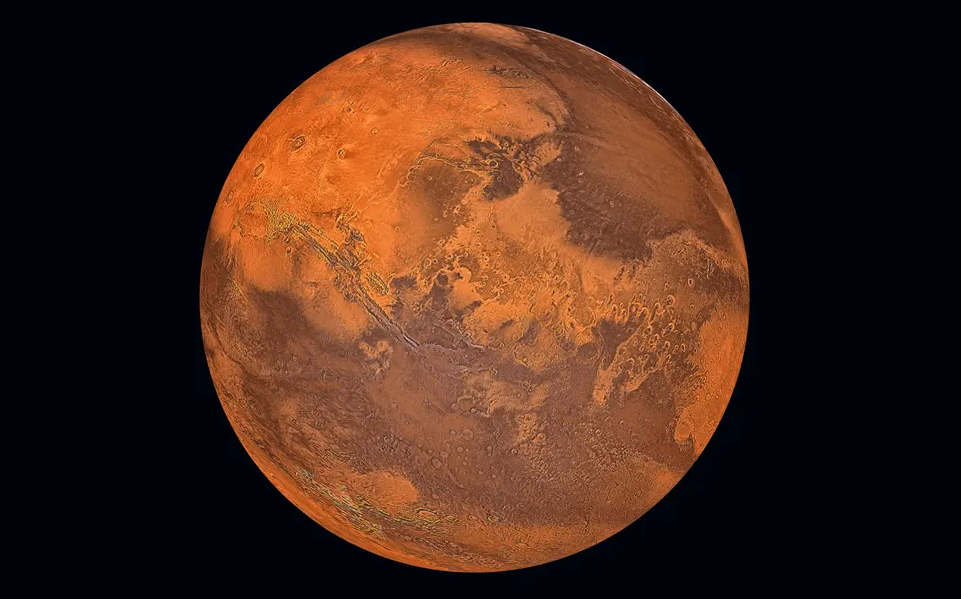NASA’s Perseverance rover has made a puzzling discovery on Mars, uncovering a rock formation composed of numerous small spheres that has left scientists searching for answers. This finding adds to the growing list of intriguing geological features observed on the Red Planet.
Discovery at Jezero Crater
On March 23, 2025, while exploring the lower slopes of Witch Hazel Hill within Mars’ Jezero Crater, Perseverance identified an unusual rock formation. This rock, named “St. Paul’s Bay” by the mission team, is characterized by hundreds of millimeter-sized, dark gray spheres. Some of these spheres are elongated or elliptical, while others have angular edges, suggesting they might be fragments of broken spherules. Additionally, certain spheres exhibit tiny pinholes, adding to their enigmatic nature.
Geological Significance of Spherules
The presence of such spherical formations on Mars is not unprecedented. In 2004, NASA’s Opportunity rover discovered similar features, dubbed “Martian blueberries,” in the Meridiani Planum region. These were identified as hematite-rich concretions formed by mineral precipitation from water, indicating past aqueous activity. The current discovery by Perseverance raises questions about whether these new spherules share a similar origin or if they resulted from different geological processes.

Investigating the Origins
Determining the formation mechanism of the St. Paul’s Bay spherules is a priority for scientists. The rock is considered a “float,” meaning it is not in its original location, complicating efforts to trace its provenance. Initial observations suggest a potential link to one of the dark-toned layers identified from orbital data, but further analysis is required to confirm this association. Understanding the context and formation of these features is crucial for reconstructing the geological history of the Jezero Crater rim and the broader Martian environment.
Implications for Mars’ Geological History
The discovery of these spherules provides valuable insights into Mars’ past environmental conditions. If they are concretions formed in the presence of water, it would further support the hypothesis that Mars once had liquid water on its surface, creating potentially habitable conditions. Conversely, if they resulted from volcanic or impact-related processes, it would shed light on the planet’s geological activity. Each formation mechanism carries different implications for understanding the planet’s history and assessing its potential to have supported life.
 Perseverance’s Ongoing Mission
Perseverance’s Ongoing Mission
Since its landing in February 2021, Perseverance has been tasked with exploring Jezero Crater, a site believed to have once hosted a lake and river delta. The rover’s primary objectives include searching for signs of ancient microbial life, collecting rock and soil samples, and characterizing Mars’ geology and climate. To date, Perseverance has collected 23 samples, some containing materials like fine-grained silica and phosphate, which are known to preserve fossils and are associated with biological processes on Earth.
Conclusion
The detection of the St. Paul’s Bay spherules by NASA’s Perseverance rover adds a compelling chapter to the ongoing exploration of Mars. As scientists continue to analyze these formations, each discovery brings us closer to unraveling the mysteries of the Red Planet’s past and its potential to have harbored life. The Perseverance mission exemplifies the relentless pursuit of knowledge that drives space exploration, promising more revelations in the years to come.

















